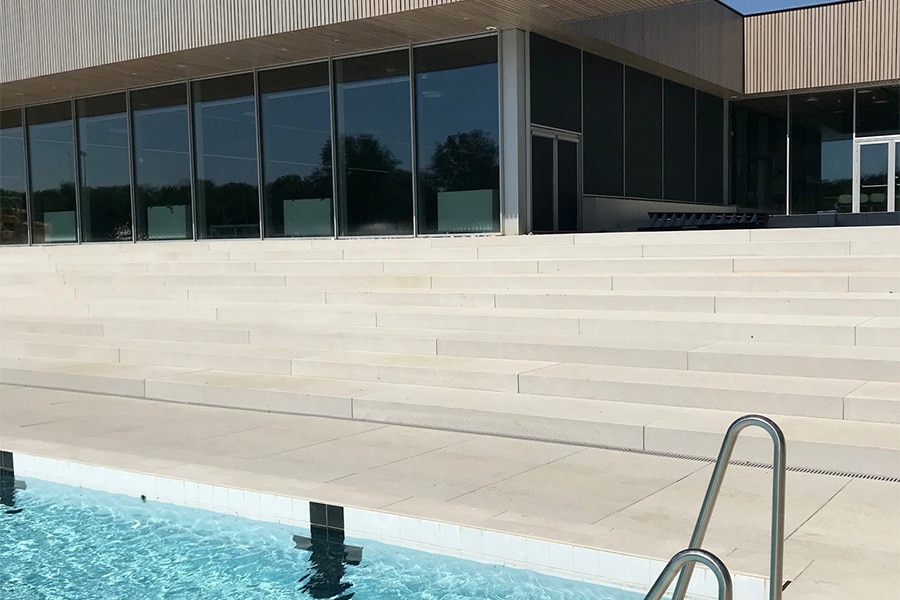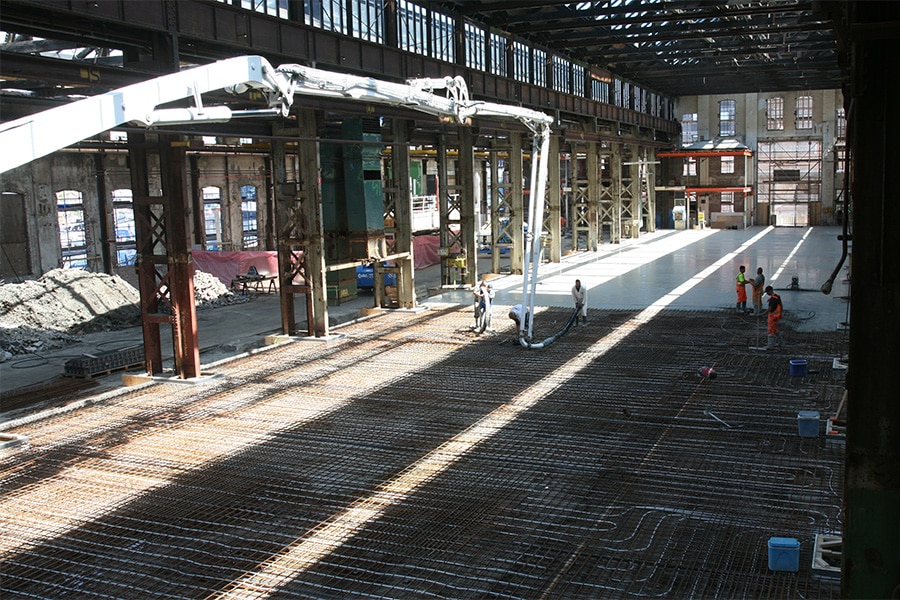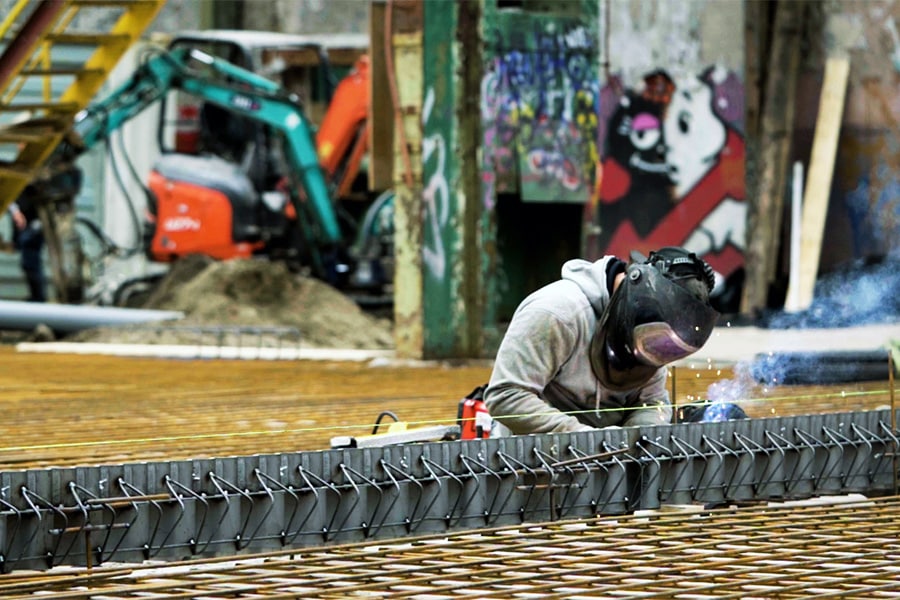
The foundation history in a nutshell
Actually, vibrations from drilling rigs have always caused problems. Even though little attention was paid to this in the late 1950s. That didn't make much sense, either; pile driving was simply the only way to found buildings. Ed Revoort goes through the foundation history, from the pounding pile driving rig to today's vibration-free techniques.

Ed Revoort, director of Funderingstechnieken Verstraeten, has been in the foundation business for more than 40 years and followed developments closely. "Looking back, no one was happy with the piling rig," he observes. "From the first moment, the vibrations caused problems in the immediate area. The problems may have been minor, but definitely raised questions."
Piling up with big bangs
Sec speaking, a foundation must transfer the load of a building to a load-bearing layer, which is looked up with piles. "Initially, people chose wooden piles for this purpose," Revoort explains, "which went into the ground with considerable force. But from the very first moment other ways were considered. We envisioned piles that were drilled into the ground with a twisting motion, preferably displacing soil so that no soil had to be transported upward."

Ground displacement foundations
At that time, the firms De Wit and De Waal were already marketing a soil displacement foundation technique. A technique with unprecedented advantages. The piles did not sink further into the ground after drilling, so they could be fully loaded. Disturbing noise nuisance and cracks and subsidence in surrounding buildings were avoided, so many foundation companies later adopted the technique.
The foundation machines
"This was the time for Funderingstechnieken Verstraeten to develop the machines that could drill the piles into the ground," Revoort says. "We brought the machine building under a separate bv and protected the designs with patents. The basis for the Fundex foundation techniques was laid, an innovative technique for vibration-free drilling. Other (family) companies specialized in foundation techniques in a broad sense and later sold their business to the large contractors. This allowed them to offer multiple methods. Fundex otherwise remained independent."
Sound advice
'This choice created a need for advice. When could precast concrete piles be used? When did they comply with safety regulations and did they have the desired bearing capacity? "The government (NEN) determined in 2017 that for any party that could not answer this last question exactly, the parameters 30% were adjusted downward. The rule was supposed to encourage parties to come back with good proven test results. But the contractors only increased the number of piles, not yet inhibited by any ambition in terms of sustainability, CO2 reduction or energy savings."
Durable. Vibration-free. Low-noise
"Fortunately, that period is also behind us," concludes Revoort. "Like many other foundation companies, Funderingstechnieken Verstraeten has the calculation method that calculates the bearing capacity to the nearest kilogram. In addition, we have the techniques to drive piles sixty to seventy meters into the ground, appropriate for today's high-rise buildings. We can build new foundations and modify existing foundations, and we can do it all quietly and vibration-free. We helped develop the drilling technology. You notice that."



